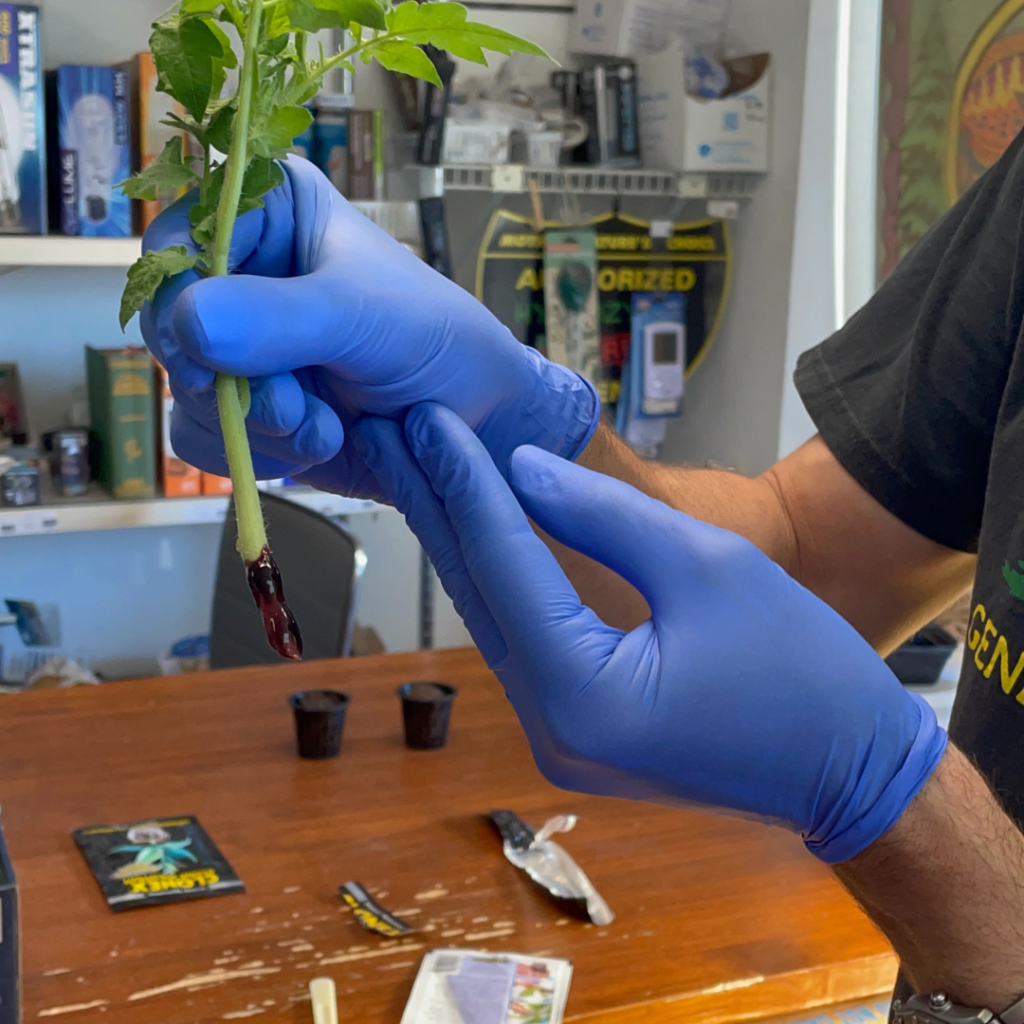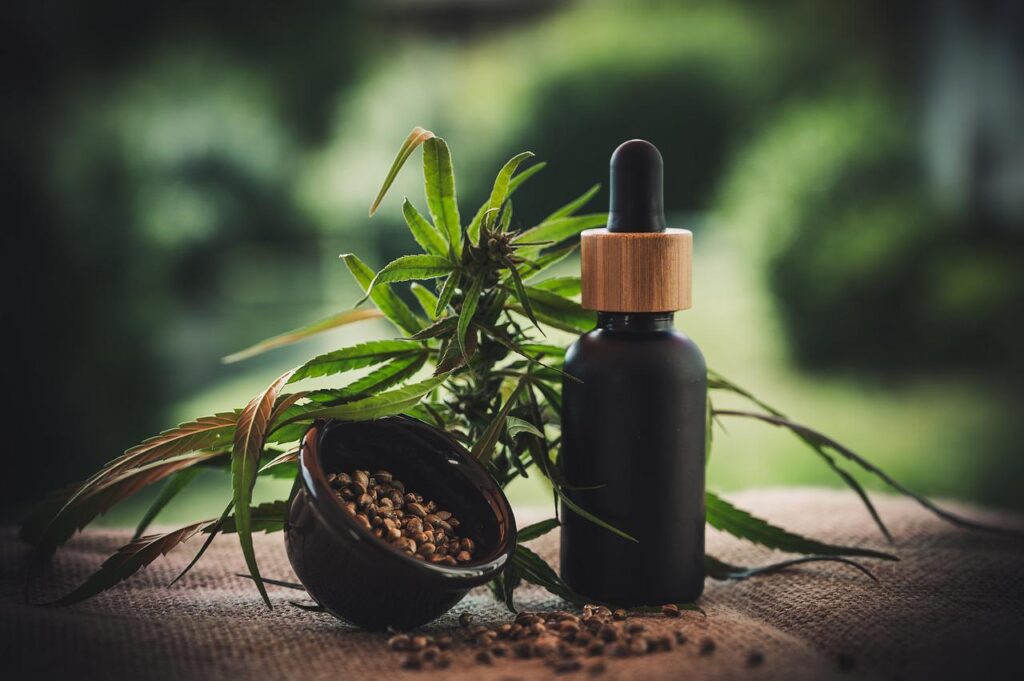Introduction
Hydroponic cloning is a method of growing plants without soil. It involves placing plant cuttings in water to help them grow roots quickly and efficiently. By controlling the environment, such as humidity and oxygen levels, hydroponic clones can grow into strong and healthy plants.
- What is Hydroponic Cloning?
Hydroponic cloning is a soil-less method of cloning plants, including cannabis, by placing them in oxygenated water. This way, the plants get everything they need to grow directly through their roots. Through precise control of the environment, including humidity and oxygenation, roots can grow faster and more efficiently than with traditional soil-based methods.

- Rooting Hormone
Let your cutting sit in rooting hormone gel, like Clonex, for a few minutes longer than you would if using starter plugs. Extra soaking time is needed because the water in the cloner will wash the rooting gel away over time.
afdsasfsafsa
afdsasfsafsa
afdsasfsafsa
- Simple Cup
Any clean cup works to make a hydroponic clone. Simply place the cutting in water. Make sure to keep the water fresh so there is always oxygen in the system.
dsafds
dsafds
- Cloning Machine
In this hydroponic cloning machine, the hydroponics clone sits on top of the humidity dome in a neoprene sleeve. Water in the reservoir is sprayed upward onto the stems of all the clones.
dsafds
- How to Grow Roots
In hydroponics cloning, you need to control the water temperature and the dissolved oxygen content in the water for the roots and the humidity for the foliage.
- Water Temperature
The ideal temperature for a hydroponic cloning system is 66°–74°. If the water is too hot, you can put frozen water bottles in the reservoir. Moving the system to a cold floor also works. Too cold? Use a seedling heat mat or move the system off the floor.
- Water Temperature
Remember that the ambient room temperature will affect the water temperature. Keep a thermometer nearby to check the water’s temperature often.
- Dissolved Oxygen Content
Oxygen helps hydroponic clones use water and nutrients more efficiently. An air pump, air stone, and tubing are efficient and easy ways to get dissolved oxygen into your system.
- Humidity
Clones need high humidity. You can use a humidity dome or plastic bag to create a humid environment around the cutting.
- Humidity
Some cloning machines have a dome to maintain the high humidity your clone needs. If you have no way to cover your clone, you can spray water directly onto the leaves.
- Humidity
The humidity needs to be high-70% to 85%-for the first few days. Slowly decrease the humidity level to 55%-65% ideal for the vegetative stage.
- Time to Transplant
Once you see roots and new leaves grow, you know your clone can uptake nutrients. It’s time for transplanting.
Conclusion
Hydroponic cloning is an exciting soil-less method for plant propagation. By using water and controlling factors like temperature and humidity, plants can grow roots faster. With practice, you can successfully clone your favorite plants and expand your garden or cannabis cultivation. Happy cloning!
Ready to set up your hydroponic system? Discover all about the basics of hydroponic growing in our article, “Time to Grow with Hydroponics.”

